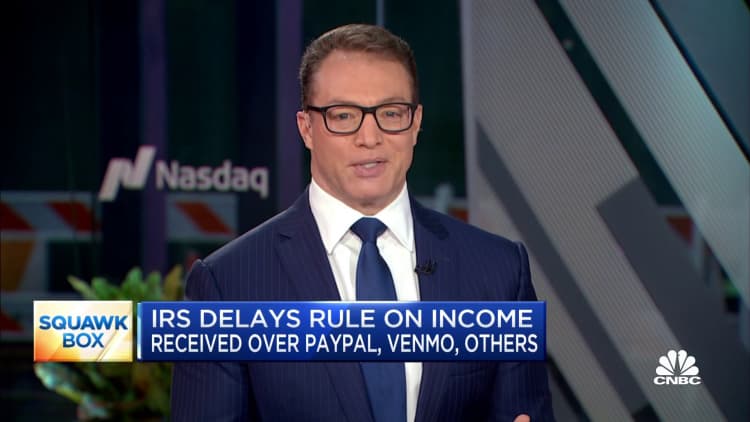The Good Brigade | DigitalVision | Getty Images
How IRS collection notices work
Typically, CP14 is the first IRS notice for an unpaid tax balance, followed by three or four reminder letters, every five weeks, explained Darren Guillot, national director at Alliantgroup, who previously served as IRS deputy commissioner of the agency’s small business division.
It’s possible many taxpayers only received that first letter before the IRS paused automated collection notices, he said.
However, the agency is waving roughly $1 billion in late-payment penalties for millions of taxpayers with balances under $100,000 from returns filed in 2020 and 2021. The relief is automatic, but late-payment penalties for unpaid balances from 2020 and 2021 will resume April 1, 2024.
How to respond to IRS letter: ‘You can’t bury your head’
While late-payment penalty relief may be welcome news for taxpayers with debt from 2020 or 2021, you still need to pay off those balances.
“You can’t bury your head and pretend it’ll go away,” Guillot said, emphasizing the importance of responding to collection notices promptly to avoid further enforcement actions.
“The vast majority of taxpayers can set up a payment plan for themselves” by scanning a QR code on their IRS notice, he said.
The vast majority of taxpayers can set up a payment plan for themselves.
Darren Guillot
National director at Alliantgroup
If you owe $50,000 or less, including tax, penalties and interest, you can set up a long-term payment plan online. You can also set up a short-term payment plan, 180 days or less, online for less than $100,000 in combined tax, penalties and interest.
“The online installment payment application is just fantastic,” said Phyllis Jo Kubey, a New York-based enrolled agent and immediate past president of the New York State Society of Enrolled Agents. “I use that online installment agreement all the time for my clients.”
If you choose the monthly payment option and select a very small amount, such as $2, for example, the system will default to the minimum monthly payment it will accept for your balance, she said.
Kubey typically urges clients to contract for the minimum monthly payment and then pay extra if they can afford it. “It’s super convenient,” she added.

Don’t miss these stories from CNBC PRO:

